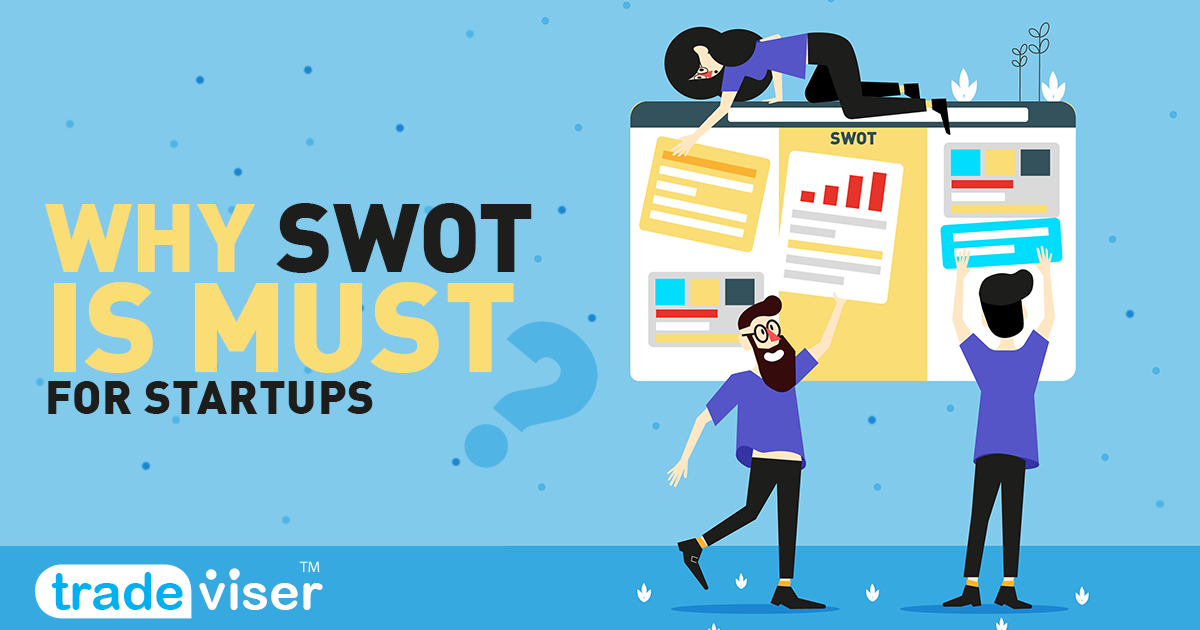Why SWOT Analysis is a Must for Startups

SWOT stands for Strengths, Weaknesses, Opportunities, and Threats. A Startup has minimal experience in its field and so this analysis is essential for overall assessment. Let’s have a look at its detail, reason to use for start-ups, its benefits, etc:
What is SWOT?
SWOT analysis (alternatively known as SWOT matrix) is defined as a strategic planning technique utilized to assist an individual or organization to discover different aspects like strengths, weaknesses, opportunities, and threats. The analysis is concerned to project planning or business competition. It is proposed to identify the objectives of the company or project. Moreover, it helps to identify the external and internal factors responsible for the accomplishment of those objectives.

Why Should Startup Have SWOT?
For startups, SWOT analysis is crucial because it involves steps in the planning process for the accomplishment of the selected objective. Being a startup, it needs to learn many new things, and also there are possibilities for improvement. In this regard, this analysis is regarded as one of the best tools that enable startups to assess their business’s sustainability. With the help of SWOT analysis, startups can understand their business better, manage weaknesses, and put off threats as well. It helps them to achieve the objectives and take benefits of their strengths. It carries out an analysis of the external environment which may present prospects of growth for startups.
Pros/Cons:
Pros-
• The prime advantage of carrying out a SWOT analysis is that it comes with little or no cost.
• Startups can utilize this analysis when they do not have much time to handle a complex situation.
• It emphasizes the most significant factors affecting their business.
Cons-
• SWOT analysis only encompasses issues that can be certainly evaluated as strength, weakness, opportunity, or threat. Due to this, it becomes hard to tackle uncertain or two-sided factors. These factors can either be weakness or strength or both.
• The scope of the analysis might be limited as it does not prioritize issues and does not present solutions or give alternative decisions.
Tradeviser, an idea shaped into reality with the motive of helping new businesses and startups with professional guidance end-to-end business services. Ever since its inception since 2016, Team Tradeviser has worked diligently with over 200 startups and been part of their of their sedulous journey to make it to the big picture.

